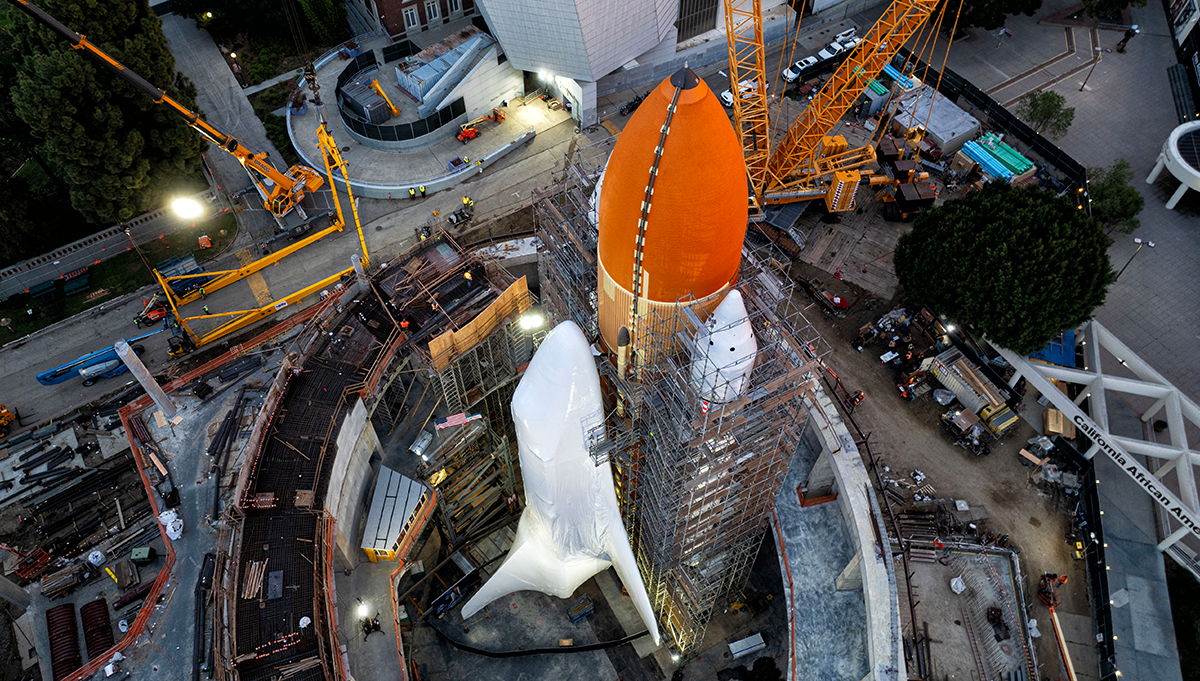Ask OCE December 21, 2005 Vol. 1, Issue 1
Apollo 17 was the last lunar landing mission for the U.S. space program. The mission, which lasted 12 days, 13 hours, 52 minutes, featured the longest lunar surface stay time: 75 hours. The spacecraft, Saturn V, landed on the Taurus-Littrow highlands and valley area of the moon. It splashed down in the Pacific Ocean on December 19, 1972, where the USS Ticonderoga recovered the crew.
The scientific objectives of the mission included: geological surveying and sampling of materials and surface features in a preselected area of the Taurus-Littrow region; deploying and activating surface experiments; and conducting in-flight experiments and photographic tasks during lunar orbit and transearth coast.
The three-man crew consisted of Commander Eugene Cernan, Ronald Evans (Command Module Pilot), and Harrison H. Schmitt (Lunar Module Pilot), the first scientist-astronaut to land on the moon. Schmitt later served as a U.S. Senator for New Mexico. Cernan holds the distinction of being the last human to leave a footprint on the moon. Evans retains the record for having spent more time in lunar orbit than anyone else in history.
<a href=”http://www-pao.ksc.nasa.gov/history/apollo/apollo-17/apollo-17.htm” target=”_blank”+ Read More
In This Issue
Message from the Chief Engineer
The View from Outside: Venus Express
This Week in NASA History: Apollo 17
Return-to-Flight Task Group Issues Final Report
Lessons Learned from the NASA Community: A Collaboration on Collaboration
John Casani on Engineering Memos
Project Profiles: Fabrication Alliance
Washington Roundup





